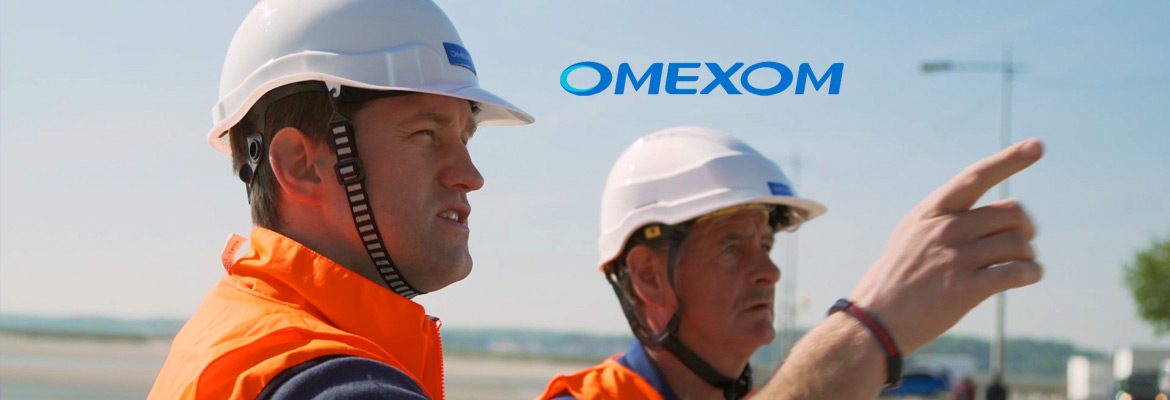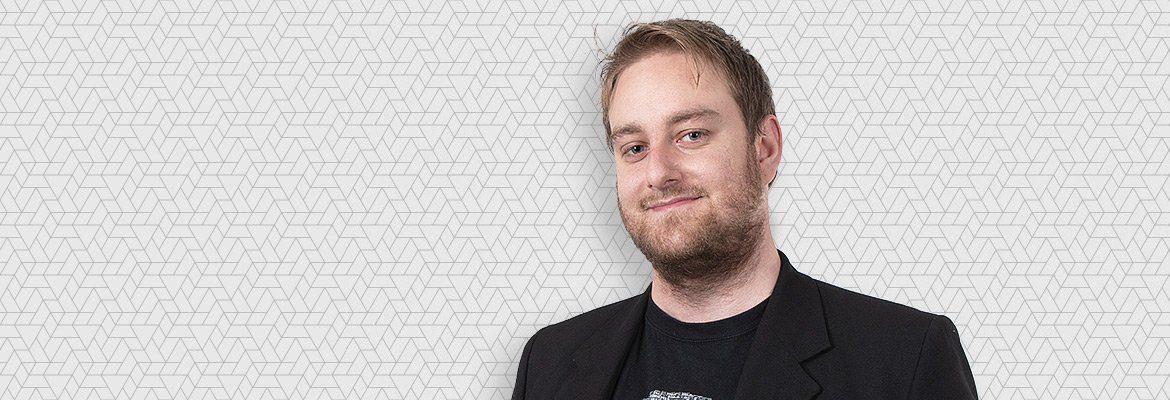Taking care of the scripting of your Digital Learning modules increases your learners’ engagement and involvement. It comes from small details such as sound effects, kinematics, but also from the graphic animation present in different elements of your simulation. This tip explains the best practices to adopt to create realistic animations in VTS Editor sets!
How it works ?
We saw in a previous tip how to make an element of the scenery interactive with the clickable zone block. This block offers other possibilities, among them the creation of movement of objects inside your decorations.
This block has 3 gradual levels of use located at the top right when the block opens: Normal, Advanced or Expert. For the sake of this second trick, we will place ourselves in the “expert” mode of the block.
Let’s first look at the effect we want to achieve:

And here is the graph of the scene that corresponds to it:

As you can see, only 2 blocks are needed to create this animation!
First we will configure the first clickable area. We will not use the interactivity of this one, so we disable this option as in the image below by clicking on the hand icon.
As for the mode in the top left corner, we place ourselves in the second one which allows us to trigger the first output instantly and therefore to move on to the next one.

The first clickable area is used to define the initial position of the statue. So we place it in our example on the secret passage in the wall in order to hide it.
The second one defines its final position and the time required to travel between these two positions.
To save time, we advise you to copy and paste (shortcuts Ctrl + C then Ctrl + V) the first block created previously and position it just after the first area on the graph.
The configuration of the zone is then as follows:

The mode in the upper left corner chosen for this second zone is the third one. Similar to the second one, it leaves time for animation before triggering the first output automatically.
Below the chosen mode, you will be able to determine the duration of the animation. It is the time traveled between the initial position and the final position of your clickable area. In our example, the statue will therefore take 3 seconds to shift. Of course, the area does not need to be clickable, so we disable this option as before.
All you have to do is place this second clickable area where you want the statue to stop. In our example, we shift it slightly to the left.
Immersion is based on the detail of the scenario.
These set animations are one of the script elements available in VTS Editor. They transform your simulations into real experiences for your learners, close to video game kinematics. We will see in future tricks other scenario elements such as interscenarios using variables or random management of disruptive elements!



















